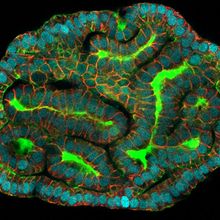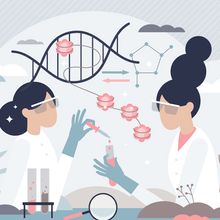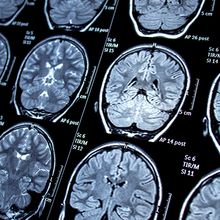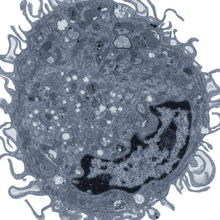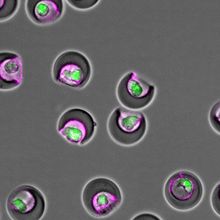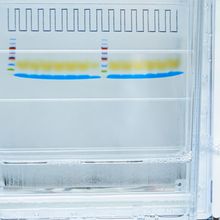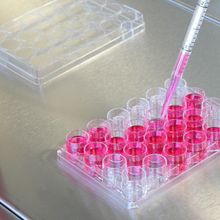Rebecca Roberts, PhD
Rebecca Roberts is a science writer and communicator. She earned her PhD in molecular biology from the University of the Sunshine Coast in Australia and completed a two-year postdoctoral fellowship at Lund University in Sweden. Her writing focuses on gene editing technology, cell and gene therapies, and the regulatory space.

